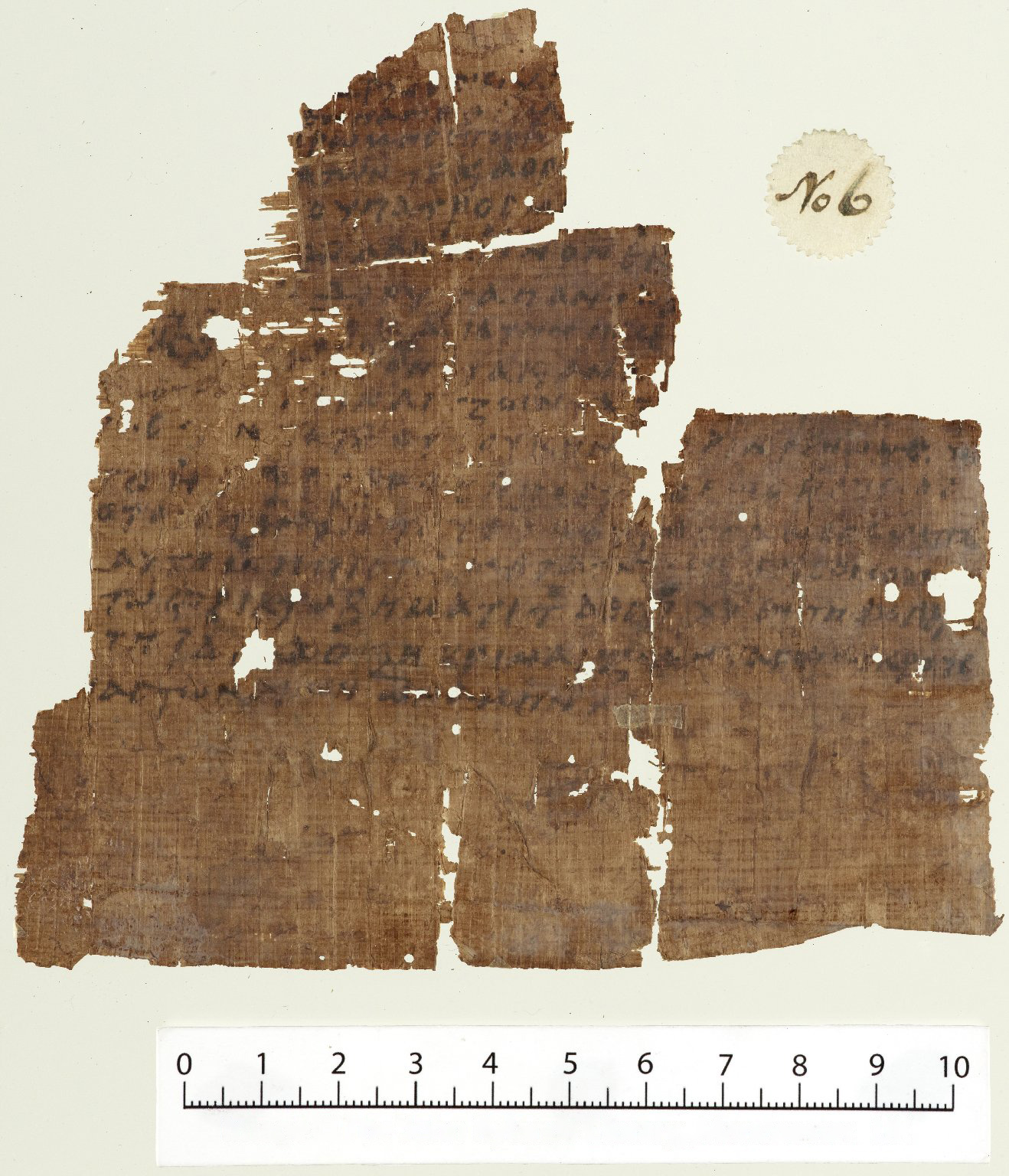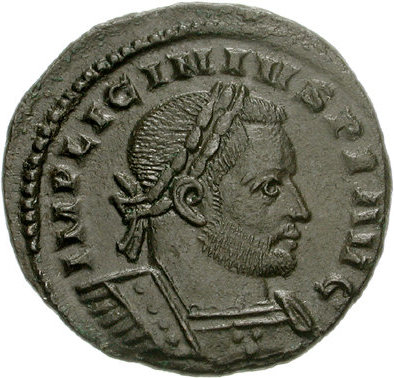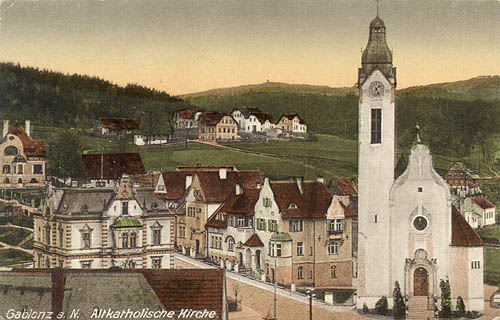|
First Seven Ecumenical Councils
In the history of Christianity, the first seven ecumenical councils include the following: the First Council of Nicaea in 325, the First Council of Constantinople in 381, the Council of Ephesus in 431, the Council of Chalcedon in 451, the Second Council of Constantinople in 553, the Third Council of Constantinople from 680 to 681 and finally, the Second Council of Nicaea in 787. All of the seven councils were convened in what is now the country of Turkey. These seven events represented an attempt by Church leaders to reach an orthodox consensus, restore peace and develop a unified Christendom. Among Eastern Christians the Eastern Orthodox, Oriental Orthodox, and Church of the East (Assyrian) churches and among Western Christians the Roman Catholic, Anglican, Utrecht and Polish National Old Catholic, and some Scandinavian Lutheran churches all trace the legitimacy of their clergy by apostolic succession back to this period and beyond, to the earlier period referred to as t ... [...More Info...] [...Related Items...] OR: [Wikipedia] [Google] [Baidu] |
Nicaea Icon
Nicaea (also spelled Nicæa or Nicea, ; ), also known as Nikaia (, Attic Greek, Attic: , Koine Greek, Koine: ), was an ancient Greek city in the north-western Anatolian region of Bithynia. It was the site of the First Council of Nicaea, First and Second Council of Nicaea, Second Councils of Nicaea (the first and seventh Ecumenical councils in the early history of the Christian Church), the Nicene Creed (which comes from the First Council). It was also the capital city of the Empire of Nicaea following the Fourth Crusade in 1204, until the recapture of Constantinople by the Byzantines in 1261. Nicaea was also the capital of the Ottoman Empire, Ottomans from 1331 to 1335. The ancient city is located within the modern Turkey, Turkish city of İznik (whose modern name derives from Nicaea's), and is situated in a fertile basin at the eastern end of Lake Ascanius, bounded by ranges of hills to the north and south. It is situated with its west wall rising from the lake itself, providin ... [...More Info...] [...Related Items...] OR: [Wikipedia] [Google] [Baidu] |
Oriental Orthodox Churches
The Oriental Orthodox Churches are Eastern Christian churches adhering to Miaphysite Christology, with approximately 50 million members worldwide. The Oriental Orthodox Churches adhere to the Nicene Christian tradition. Oriental Orthodoxy is one of the oldest branches in Christianity. As some of the oldest religious institutions in the world, the Oriental Orthodox Churches have played a prominent role in the history and culture of countries and regions such as Armenia, Egypt, Eritrea, Ethiopia, Sudan, the Levant, Iraq and the Malabar region of southern India. As autocephalous churches, their bishops are equal by virtue of episcopal ordination. Their doctrines recognize the validity of only the first three ecumenical councils. The Oriental Orthodox communion is composed of six autocephalous national churches: the Coptic Orthodox Church of Alexandria; the Syriac Orthodox Church of Antioch; the Armenian Apostolic Church comprising the autocephalous Catholicosate ... [...More Info...] [...Related Items...] OR: [Wikipedia] [Google] [Baidu] |
Nicene Creed
The Nicene Creed, also called the Creed of Constantinople, is the defining statement of belief of Nicene Christianity and in those Christian denominations that adhere to it. The original Nicene Creed was first adopted at the First Council of Nicaea in 325. According to the traditional view, forwarded by the Council of Chalcedon of 451, the Creed was amended in 381 by the First Council of Constantinople as "consonant to the holy and great Synod of Nice." However, many scholars comment on these ancient Councils saying "there is a failure of evidence" for this position since no one between the years of 381–451 thought of it in this light. Further, a creed "almost identical in form" was used as early as 374 by St. Epiphanius of Salamis. Nonetheless, the amended form is presently referred to as the Nicene Creed or the Niceno-Constantinopolitan Creed. J.N.D. Kelly, who stands among historians as an authority on creedal statements, disagrees with the aforementioned assessment. H ... [...More Info...] [...Related Items...] OR: [Wikipedia] [Google] [Baidu] |
Licinius
Valerius Licinianus Licinius (; Ancient Greek, Greek: Λικίνιος; c. 265 – 325) was Roman emperor from 308 to 324. For most of his reign, he was the colleague and rival of Constantine I, with whom he co-authored the Edict of Milan that granted official toleration to Christians in the Roman Empire. He was finally defeated at the Battle of Chrysopolis (AD 324), and was later executed on the orders of Constantine. Early reign Born to a Dacians, Dacian peasant family in Moesia Superior, Licinius accompanied his close childhood friend and future emperor Galerius, on the Persian expedition in 298. He was trusted enough by Galerius that in 307 he was sent as an envoy to Roman Italy, Italy, to attempt to reach some sort of agreement with the usurper Maxentius. When Galerius went to deal with Maxentius personally after the death of Severus II, he left the eastern provinces in Licinius' care. Upon his return to the east Galerius elevated Licinius to the rank of ''Augustus (tit ... [...More Info...] [...Related Items...] OR: [Wikipedia] [Google] [Baidu] |
Constantine I
Constantine I (27 February 27222 May 337), also known as Constantine the Great, was a Roman emperor from AD 306 to 337 and the first Roman emperor to convert to Christianity. He played a Constantine the Great and Christianity, pivotal role in elevating the status of Christianity in Rome, Edict of Milan, decriminalising Christian practice and ceasing Persecution of Christians in the Roman Empire, Christian persecution. This was a turning point in the Historiography of the Christianization of the Roman Empire, Christianisation of the Roman Empire. He founded the city of Constantinople (modern-day Istanbul) and made it the capital of the Empire, which it remained for over a millennium. Born in Naissus, a city located in the Roman province, province of Moesia Superior (now Niš, Serbia), Constantine was the son of Flavius Constantius, a Roman army officer from Moesia Superior, who would become one of the four emperors of the Tetrarchy. His mother, Helena, mother of Constantin ... [...More Info...] [...Related Items...] OR: [Wikipedia] [Google] [Baidu] |
Early Christianity
Early Christianity, otherwise called the Early Church or Paleo-Christianity, describes the History of Christianity, historical era of the Christianity, Christian religion up to the First Council of Nicaea in 325. Spread of Christianity, Christianity spread from the Levant, across the Roman Empire, and beyond. Originally, this progression was closely connected to History of the Jews in the Roman Empire, already established Jewish centers in the Holy Land and the Jewish diaspora throughout the Eastern Mediterranean. The first followers of Christianity were Jews who had Proselyte, converted to the faith, i.e. Jewish Christians, as well as Phoenicia, Phoenicians, i.e. Christianity in Lebanon, Lebanese Christians. Early Christianity contains the Apostolic Age and is followed by, and substantially overlaps with, the Patristic era. The Apostolic sees claim to have been founded by one or more of the Apostles in the New Testament, apostles of Jesus, who are said to have Dispersion of the A ... [...More Info...] [...Related Items...] OR: [Wikipedia] [Google] [Baidu] |
Apostolic Succession
Apostolic succession is the method whereby the Christian ministry, ministry of the Christian Church is considered by some Christian denominations to be derived from the Twelve Apostles, apostles by a continuous succession, which has usually been associated with a claim that the succession is through a series of bishops. Those of the Catholic Church, Catholic, Eastern Orthodoxy, Eastern Orthodox, Oriental Orthodox Churches, Oriental Orthodox, Church of the East, Lutheranism, Scandinavian Lutheran, Anglicanism, Anglican, Moravian Church, Moravian, Czechoslovak Hussite Church, Hussite, and Old Catholic Church, Old Catholic traditions maintain that a bishop's orders are neither regular nor valid without consecration through apostolic succession. These traditions do not always consider the Episcopal polity, episcopal consecrations of all of the other traditions as valid. This series was seen originally as that of the bishops of a Apostolic see, particular see founded by one or more of ... [...More Info...] [...Related Items...] OR: [Wikipedia] [Google] [Baidu] |
Lutheranism
Lutheranism is a major branch of Protestantism that emerged under the work of Martin Luther, the 16th-century German friar and Protestant Reformers, reformer whose efforts to reform the theology and practices of the Catholic Church launched the Reformation in 1517. The Lutheran Churches adhere to the Bible and the Ecumenical Creeds, with Lutheran doctrine being explicated in the Book of Concord. Lutherans hold themselves to be in continuity with the apostolic church and affirm the writings of the Church Fathers and the first four ecumenical councils. The schism between Roman Catholicism and Lutheranism, which was formalized in the Diet of Worms, Edict of Worms of 1521, centered around two points: the proper source of s:Augsburg Confession#Article XXVIII: Of Ecclesiastical Power., authority in the church, often called the formal principle of the Reformation, and the doctrine of s:Augsburg Confession#Article IV: Of Justification., justification, the material principle of Luther ... [...More Info...] [...Related Items...] OR: [Wikipedia] [Google] [Baidu] |
Old Catholic Church
The terms Old Catholic Church, Old Catholics, Old-Catholic churches, or Old Catholic movement, designate "any of the groups of Western Christians who believe themselves to maintain in complete loyalty the doctrine and traditions of the undivided church but who separated from the See of Rome after the First Vatican Council of 1869–70". The expression Old Catholic has been used from the 1850s by communions separated from the Roman Catholic Church over certain doctrines, primarily concerned with papal authority and infallibility. Some of these groups, especially in the Netherlands, had already existed long before the term. The Old Catholic Church is separate and distinct from Traditionalist Catholicism. Two groups of Old Catholic churches currently exist: the Union of Utrecht (UU, not to be confused with Unitarian Universalism) and the Union of Scranton (US). Neither group is in full communion with the Holy See. Member churches of the Union of Utrecht are in full communi ... [...More Info...] [...Related Items...] OR: [Wikipedia] [Google] [Baidu] |
Polish National Catholic Church
The Polish National Catholic Church (PNCC; , PNKK) is an independent Old Catholic church based in the United States and founded by Polish Americans that is part of the Union of Scranton. The PNCC is not in communion the Roman Catholic Church. Since 2004, the PNCC is no longer in communion with the Union of Utrecht. The church has around 30,000 members in five dioceses in the United States and Canada with 119 congregations in the US. The church is part of Polish Old Catholicism. History During the late 19th century, many Polish immigrants to the U.S. became dismayed with the hierarchy of the Roman Catholic Church. The U.S. church had no Polish bishops and few Polish priests, and would not allow the Polish language to be taught in parish schools. The mainly ethnic Irish and German bishops helped establish hundreds of parishes for Poles, but priests were usually unable to speak Polish, and the new immigrants had poor or limited English. There were also disputes over who own ... [...More Info...] [...Related Items...] OR: [Wikipedia] [Google] [Baidu] |
Union Of Utrecht (Old Catholic)
The Union of Utrecht of the Old Catholic Churches, most commonly referred to by the short form Union of Utrecht (UU), is a federation of Old Catholic churches, nationally organized from schisms which rejected Roman Catholic doctrines of the First Vatican Council in 1870; its member churches are not in communion with the Roman Catholic Church. The 1889 '' Declaration of Utrecht'' is one of three founding documents together called the Convention of Utrecht. Many provinces of the Union of Utrecht of the Old Catholic Churches are members of the World Council of Churches. The is in full communion with the Evangelical Lutheran Church of Sweden; the Anglican Communion through the 1931 Bonn Agreement; the Philippine Independent Church, the Spanish Reformed Episcopal Church, and the Lusitanian Catholic Apostolic Evangelical Church through a 1965 extension of the Bonn Agreement; and, the Mar Thoma Syrian Church through the 2024 Thiruvalla agreement. the includes six member churches ... [...More Info...] [...Related Items...] OR: [Wikipedia] [Google] [Baidu] |
Anglican Communion
The Anglican Communion is a Christian Full communion, communion consisting of the Church of England and other autocephalous national and regional churches in full communion. The archbishop of Canterbury in England acts as a focus of unity, recognised as ' ("first among equals"), but does not exercise authority in Anglican provinces outside of the Church of England. Most, but not all, member churches of the communion are the historic national or regional Anglican churches. With approximately 85 -110 million members, it is the third-largest Christian communion after the Roman Catholic and Eastern Orthodox Church, Eastern Orthodox churches globally. The Anglican Communion was officially and formally organised and recognised as such at the Lambeth Conference in 1867 in London under the leadership of Charles Longley, Archbishop of Canterbury. The churches of the Anglican Communion consider themselves to be part of the Four Marks of the Church, one, holy, catholic and apostolic ... [...More Info...] [...Related Items...] OR: [Wikipedia] [Google] [Baidu] |








